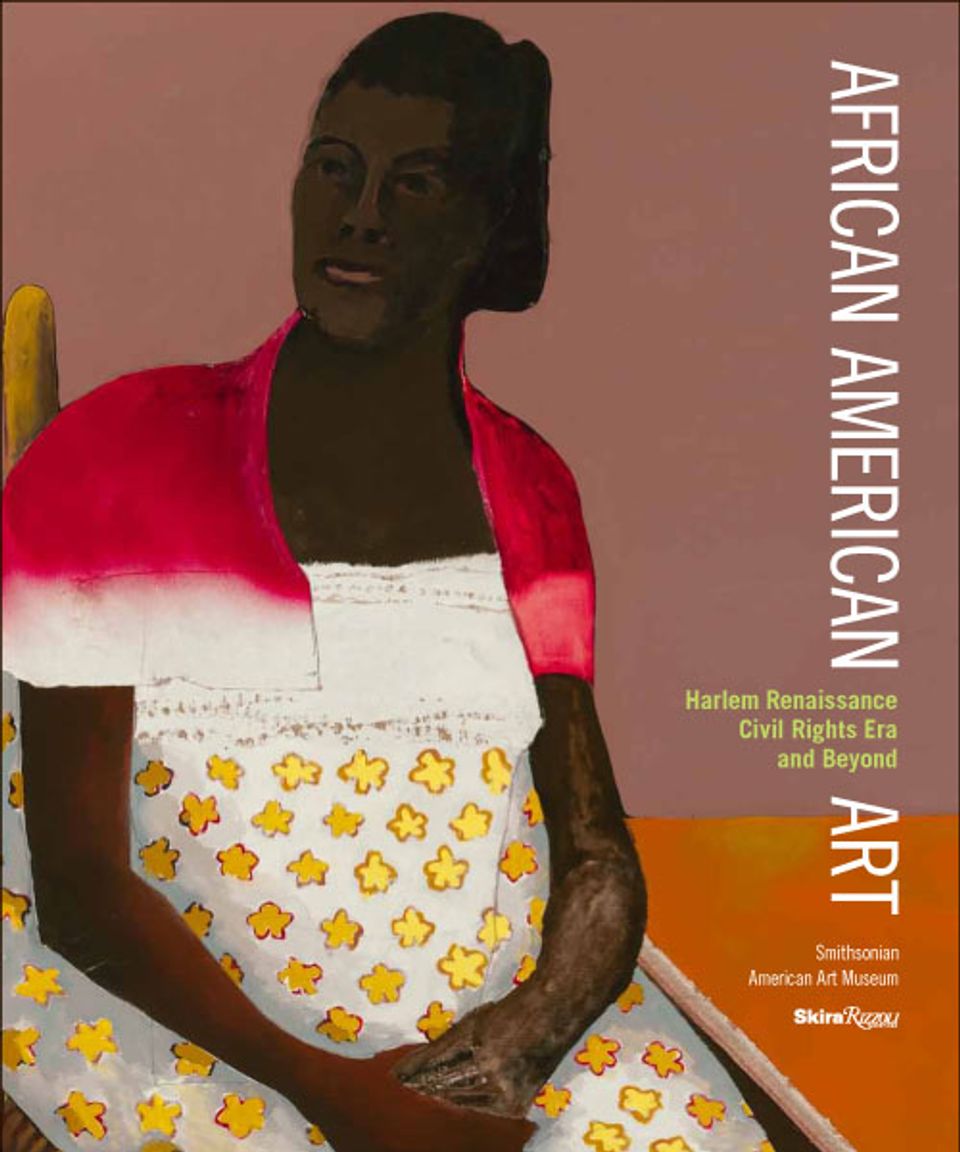Eldzier Cortor
- Biography
A painter and master printmaker best known for his celebratory depictions of the African American woman, Eldzier Cortor was born in Richmond, Virginia, and raised in Chicago. Cortor went on to study at the Art Institute of Chicago, and in the 1930s worked as an easel painter for the Works Project Administration (WPA), depicting the lives of African Americans in Chicago's South Side. During this time, he helped establish the SouthSide Community Art Center.
In the 1940s, two fellowships from the Rosenwald Foundation allowed Cortor to study the Gullah community on the Sea Islands of Georgia and South Carolina, and to paint its African American inhabitants. Cortor found inspiration in the island’s people, heavily influenced by their African heritage. He also focused primarily on the female figure, stating: "the Black woman represents the Black race." Cortor returned time and again to the female figure reminiscent of his Gullah depictions, despite having lived in various countries of the African diaspora and changing artistic styles in the United States.














